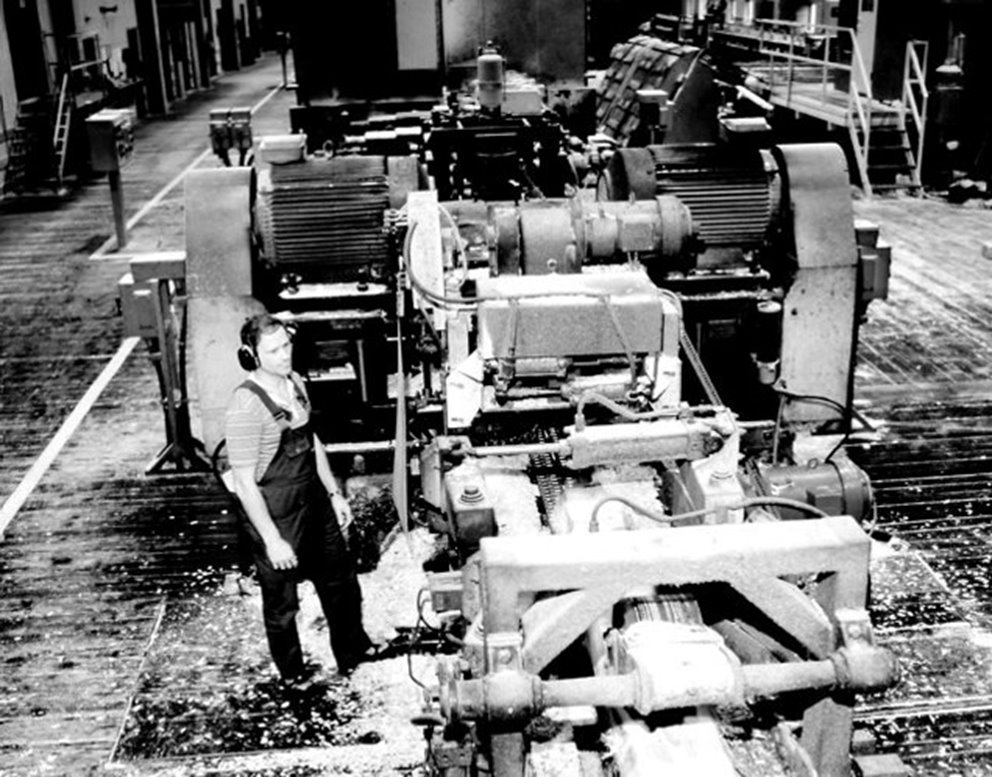After World War II, the demand for timber increased. The seas were open and free to export to old and new customers. Many homes and other buildings were constructed, and timber was needed. More and more of the timber in the southern Swedish forests was used as sawmills increased production. The need for timber placement has always driven investments in sawmills, as saw logs account for the most significant part of the income in forestry.
The capacity and production at the sawmills changed steadily in response to market demands. Small sawmills were replaced by large ones with modern equipment. Old technology was replaced by new. The processing and refining of timber became more common. Artificial drying became standard, and Södra gradually installed new dryers meeting set requirements.
Market-adapted products and good service have naturally been important for Södra’s sawmill operations over the years. Today, construction timber and other building materials are the largest product areas. Refining has become standard: planing, drying, cutting, and strength grading. The business expanded in 2013 with painting.
Milestone in Sawmill History
When Södra’s sawmill in Kinda started in 1968, it was a milestone in southern Swedish sawmill history. It was the first large sawmill constructed after a long time. New technology was introduced, contributing to development taking a step forward. Södra took the next step in 1974 with the sawmill in Värö. It was built adjacent to the group’s pulp mill, where shared resources could be utilized. In 1999, the sawmill in Mönsterås was ready. It, too, was located next to one of the group’s pulp mills with the advantages it entailed. Timber production increased even more with the purchase of Geijerträ in 2002 and four sawmills.
Modern Sawmills and New Markets
In 2011, Södra erected one of Europe’s most modern sawmills in Värö with a capacity of 600,000 cubic meters in three shifts. The sawmill was moved from German Adelebsen to Värö.
In 2016, Södra acquired the remaining shares in British Crown Timber, a leading distributor to the British building trade and timber industry. The purchase provided not only an efficient distributor but also access to extensive knowledge about the market and trends within the building trade in Great Britain and Ireland. Additionally, the transaction included a sawmill in Hamina, Finland.
Restructurings
In June 2016, Södra decided on a restructuring package involving the closure of conifer sawmills in Ramkvilla and Torsås. Ramkvilla closed in October 2016. The decision was also made to sell the hardwood sawmill in Djursdala in 2017. Södra no longer saws hardwood. Simultaneously, investments of 200 million kronor were decided for Långasjö, Värö, and Orrefors. The Långasjö investment was completed in November 2017.

